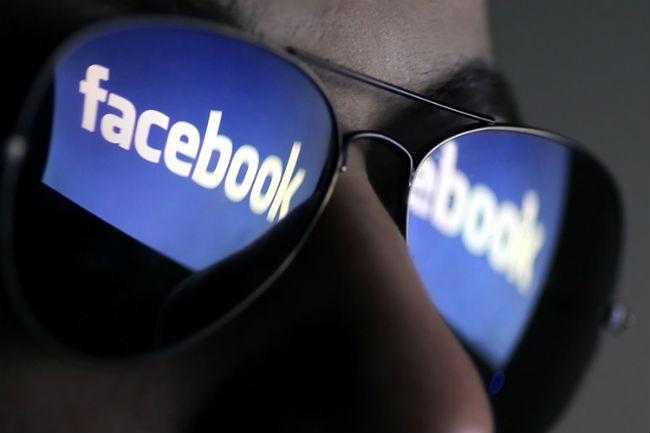
It’s sometimes tough to remember that part of Facebook’s original appeal was exclusivity, the idea that only a select group of your choosing could see your profile. Facebook has been aggressively re-shaping itself as a public communication tool, and part of that plan is making what you say in posts more easily searchable.
Besides encouraging hashtags and public posts, Facebook is trying to make it easier for companies to discover when users are talking about them. CNET reports Facebook’s business development vice president, Chris Daniels, discussed plans to make chatter about brands discoverable.
“We know people are talking about TV, movies, and media on Facebook. We know it’s happening on Facebook more than anywhere else. We just need to surface that more,” Daniels said at the LeWeb conference in Paris. To this end, Facebook is testing application program interfaces to help companies find instances where people talk about their goods and services.
Compared to Twitter, Facebook makes it very difficult for brands to see what people are saying about them. On Twitter, a quick keyword search will pull up all sorts of comments, accolades, and critiques. But because most Facebook users limit their privacy settings during wall posts and other conversations, brands have a harder time figuring out the tenor of conversation. For instance, if I search for “United Airlines” on Twitter, all sorts of stuff comes up, from links to rants about leaving the airline to the (far rarer) friendly shout-out, like this one:
Thanks Everett in Chicago for great customer service and a refund! @UnitedAirlines
— Ross Connor (@rossconnor) December 10, 2013
If I search for United Airlines on Facebook, the first result is a group called “United Airlines Almost Killed My Greyhound” (yikes) but no real-time conversations. So as it is, Facebook has some work to do.
Facebook will have to really thread the needle to find a way to show brands a substantial amount of the conversation going on about them without aggravating privacy concerns.
Editors' Recommendations
- Should you delete TikTok? Only if you’re also going to delete Facebook
- Facebook gives employees $1,000 each to help them deal with coronavirus crisis


